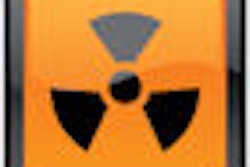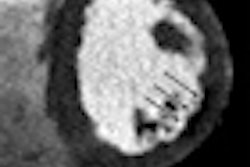Researchers from Stanford University in Stanford, CA, have reported promising results from a new peptide aimed at facilitating contrast-enhanced ultrasound (CEUS) of tumor angiogenesis.
In a proof-of-principle paper published today in the March issue of the Journal of Nuclear Medicine, the study team found that pairing knottin peptides with contrast microbubbles could successfully bind to integrin, a molecular marker of angiogenesis. Further development of the technique could pave the way for earlier diagnosis of cancer, the development of therapeutic agents, and treatment monitoring, according to the authors (2010, Vol. 51:3, pp. 443-440).
"Because knottin peptides have the potential to be engineered as binding ligands for a variety of different biologic markers of angiogenesis beyond αvβ3 integrins, this work opens a pathway toward the development of future novel targeted contrast-enhanced ultrasound imaging agents," wrote a research team led by Dr. Jürgen Willmann.
The researchers found that microbubbles with knottin peptides attached more significantly to αvβ3 integrin-positive cells (an average of 1.76 microbubbles per cell) than control cells (mean of 0.07 microbubbles per cell).
In addition, ultrasound studies in 42 mice found that in vivo ultrasound signals were significantly higher after administration of the integrin-binding microbubbles than after administration of either control microbubbles or microbubbles coupled with an anti- αvβ3 integrin monoclonal antibody.
Related Reading
Microbubble contrast shows broad potential for US, February 12, 2008
Copyright © 2010 AuntMinnie.com




















